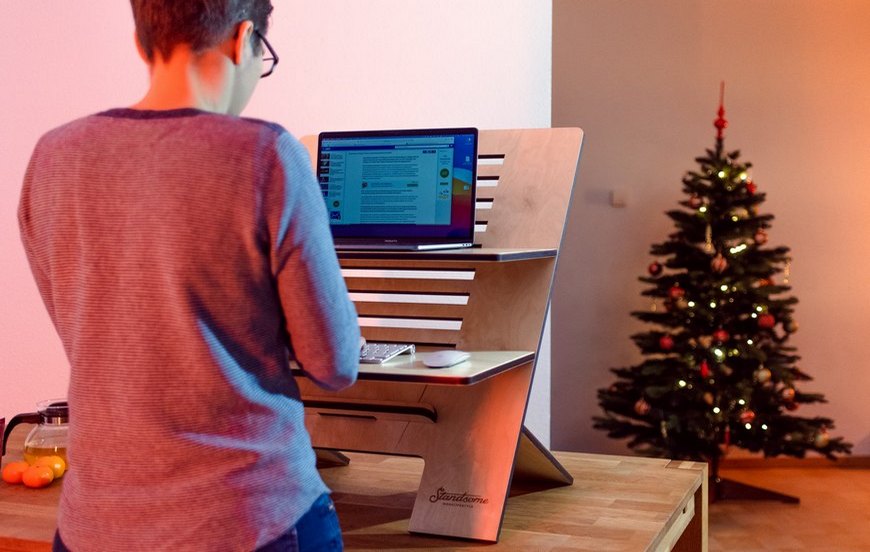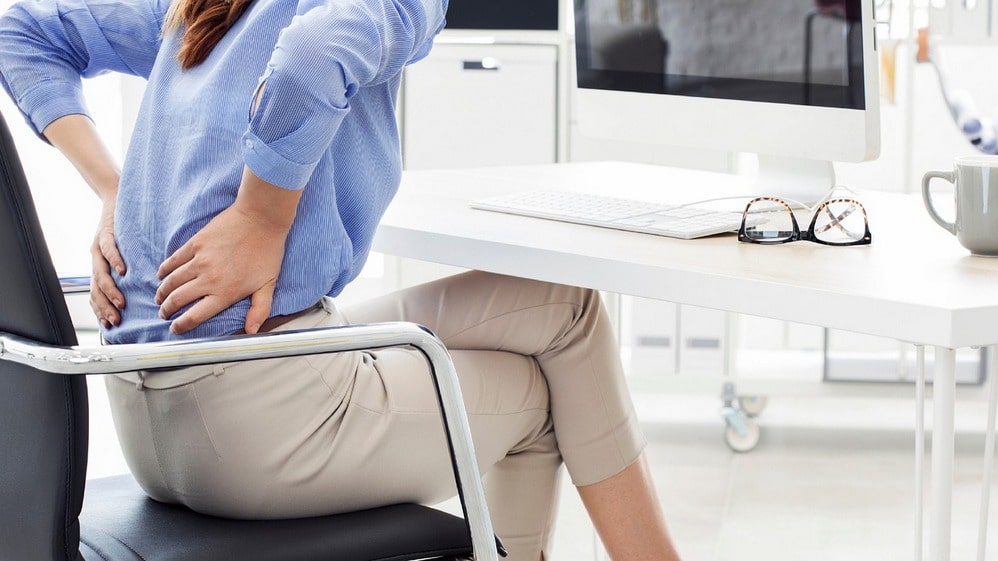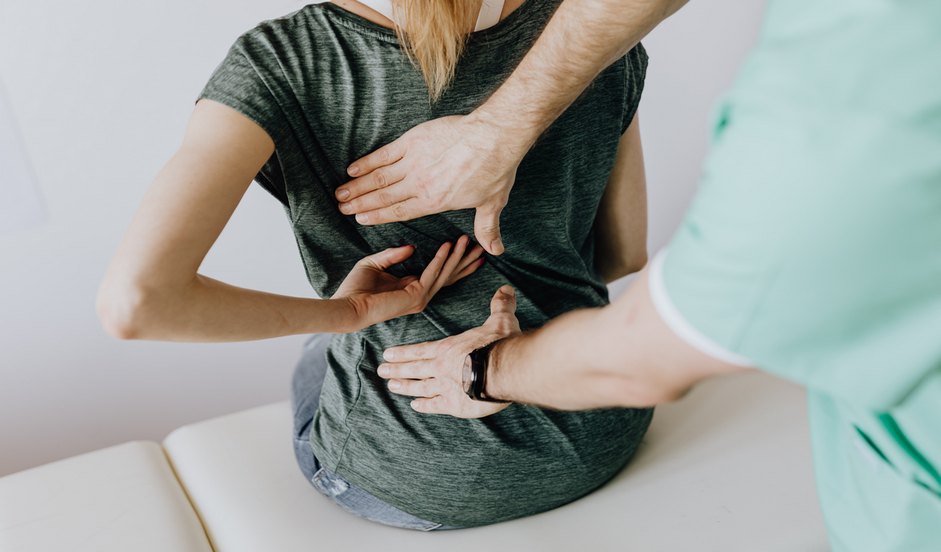Some people have reported that their lower back pain goes away when sitting. This fact is very non-intuitive and completely contrary to the well attested fact that prolonged sitting can worsen lower back pain. Have you ever wondered why sitting may sometimes relieve back pain? Read further to find out.
Back Pain Is One Of The Most Common Conditions
Lower back pain is the most often reported ailment in the United States of America. The discomfort, on the other hand, is sometimes relieved by sitting. Researchers were intrigued as to why this was the case and conducted experiments to determine the impact of various postures on lower back discomfort.
The researchers recruited a large number of volunteers and asked them to sit in a variety of postures for the study. The participants were asked to assess the intensity of the discomfort they were experiencing in their lower back.
In their study, they discovered that people who were sitting in a chair with their knees bent experienced less back discomfort than those who were sitting in the other postures.
According to their findings, when patients sit up straight with their spines tall, the pressure on their discs reduces and the the discomfort disappears. As soon as individuals sag in their seats or lean over, the pressure rises and the discomfort returns.
Lower back discomfort is more likely than not to worsen while one is sitting for long periods of time, and having less discomfort while sitting is usually not the case.
Lower back discomfort is one of the most frequent complaints, and it may be a serious health issue if left untreated. One of the reasons why lower back pain becomes worse when you’re sitting is that the strain on your spine gets worse.
What Usually Happens To Your Back When You Sit
When you sit, the muscles in your back flex, placing pressure on the discs in your spinal column. Increased pressure on the discs can cause them to herniate, or pop out from the surface of the vertebrae, as a result of the increased pressure.
It is possible that this additional pressure could result in discomfort and inflammation, which will exacerbate lower back pain symptoms.
If you are looking for information on how to treat lower back pain, you are one of over 100 million individuals in the United States who suffer from back pain.
It’s quite possible that your narrative will be the same as mine. You are required to sit at a desk in front of a computer for many hours each and every day. You may also have a lengthy commute to work, requiring you to sit for an additional hour or two on your way to and from the workplace.
A large part of the problem stems from having to sit for an excessive amount of time. While there may not be much you can do about such circumstances, there are certain things you can do to alleviate lower back pain quickly and easily if you know how.
Get Up and Walk!
When learning how to treat lower back pain, the first thing you should do is force yourself to get up and walk around as much as possible. Take a few minutes to stretch your back muscles. This is one of the most underappreciated things you can do. Every half hour to an hour, force yourself to get up and walk for 5 minutes.
When you finally get up, remember to stretch in the opposite direction of the one you have been sitting in. Place your hands on your lower back and hips and push your hips forward as your shoulders and head lean back.
Repeat on the other side. Hold that stretch for a couple of counts while singing the ‘Happy Birthday’ song (quietly) to yourself. When you stretch, try not to bounce. Simply hold it for a few seconds while breathing normally, then return to your upright and straight position. Maintain proper posture when you’re standing and walking about the room. When it comes to knowing how to treat lower back pain, this is critical.
The Importance Of Proper Spinal Alignment
When trying to figure out how to treat lower back pain, you will discover that the majority of the problems that we experience are caused by a lack of proper spinal alignment or posture.
Don’t hunch your shoulders forward. Put your chest forward and your shoulders back a little to make yourself look taller. The idea is to have your back bend inward rather than outward.
In whatever position you might be, whether you are sitting, standing, or lying down, it should appear almost as though there is a ball pressing against your back, forcing the center of your spine to the forward position.
When you get back from your short 5 minute stroll, sit back down and maintain your good posture. You will most likely find it helpful to have something behind your back to assist it in maintaining the proper shape.

Use A Rolled Up Towel Or Other Similar Object Behind Your Back
A rolled up fluffy towel or something similar in size should be held behind your back as you work. For those who don’t have easy access to a cushion or a piece of foam, you may make due with some magazines or a couple of large newspapers coiled up in your hands.
Maintain a comfortable seating position by bringing your hips as far back into the seat as they will go, and leaning your shoulders farther back into the chair.
If you are working at a computer, move the keyboard closer to you and raise the monitor a little so that your head remains reasonably level and you are not inclined to roll your back forward and slouch. If you are using a laptop, you might consider purchasing an external keyboard.
Try some of the techniques described in this article. Not only will they help you, but they may be completed at a little or no expense in terms of therapy and having to use some pain medication. If you are serious about learning how to treat lower back pain, you must give these simple actions a chance to work for you.
Please Note:
The above article is for informational purposes only and is not intended to provide medical advice or to take the place of medical advice and treatment from your physician or provider of medical care. Visitors to Betterlivingplan.com are advised to consult their own qualified medical doctors and/or other qualified health professionals regarding the treatment of any medical or health problems that they may have.




